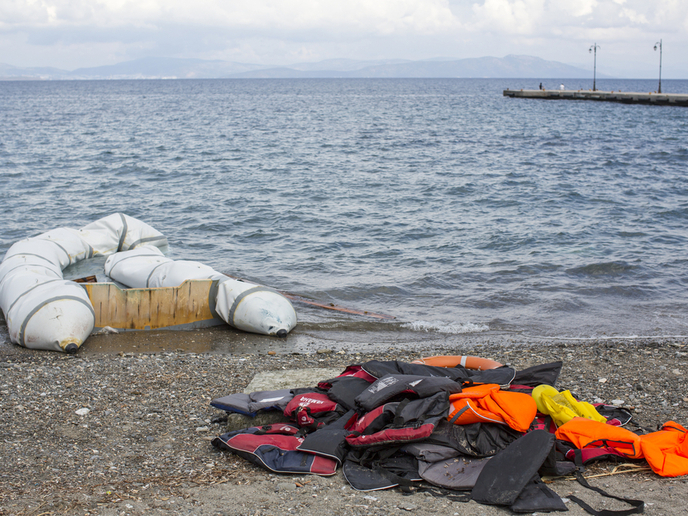How can the EU meet the challenge of state fragility?
War and fragility in the Middle East, exacerbated by geopolitical competitions, allowed the proliferation of violent non-state actors such as the Islamic State. It further triggered the greatest refugee crisis since World War II. The work ahead The FLAME project, undertaken with the support of the Marie Curie programme, pursued three key objectives. “It aimed to map the political, security and socioeconomic drivers of fragility across the Middle East and North Africa (MENA) region,” reports Dr Corinna Horst, project coordinator. It further worked towards assessing how these are reinforced by state and non-state actors’ pursuits of geopolitical interest and explored opportunities for the EU and the United States to jointly ease these dynamics. Research activities evolved from understanding geopolitical and security trends in the MENA region towards devising applied policy options. “Kristina Kausch, senior resident fellow at German Marshall Fund (GMF) of the United States, initiated interviews with EU officials as well as stakeholders,” outlines Dr Horst. She also made ample use of the GMF’s transatlantic networks. Key outcomes “The project produced several scientific innovations beyond the state of the art developed by Kausch,” reports Dr Horst. This included a typology of the geopolitical alliances between state and non-state actors in the Middle East and the development of the concept of ‘resilient anchors’ as key Middle Eastern anchor states and allies. Additionally, FLAME resulted in an innovative line of work on the nexus between geopolitics and cyber warfare in the Middle East and its impact on classical deterrence mechanisms in the region. A new framework for a three-layered policy approach to Middle Eastern conflict prevention/resolution was also developed. “All of these were published in peer-reviewed academic journals and/or policy-oriented publications, disseminated to the GMF Transatlantic Foundation’s extensive transatlantic policy network,” reveals Dr Horst. It also fed into ongoing EU policy debates about the EU’s role in its southern neighbourhood and the wider Middle East. Research deliverables have also been made available via open access on OpenAire. Looking forward “The fellow and the host organisation will continue to disseminate the outputs and findings developed under the fellowship and give continuity to FLAME by further developing the lines of work of the project,” confirms Dr Horst. The results of the project will be given thorough exploitation and continuity, inter alia via continuation of the regular consultation mechanisms established under the project with the European External Action Service’s MENA unit and the European Council working groups on Maghreb/Mashreq and the Gulf countries. This will feed the results into the ongoing reflections of the implementation of the EU’s resilience approach, EU diplomacy efforts on Iran, and EU positions towards acute policy dilemmas in Libya, Syria and Yemen. The results on cyber warfare as a key future driver of Middle Eastern fragility will be fed into ongoing and new initiatives being developed by the EU on the issue. The results will also be discussed in upcoming speaking engagements scheduled throughout 2019 and 2020 and will be used in a report on the future of Euro-Mediterranean relations. Finally, they will be used to further develop the concepts and findings generated under FLAME in two new articles in peer-reviewed academic journals.







